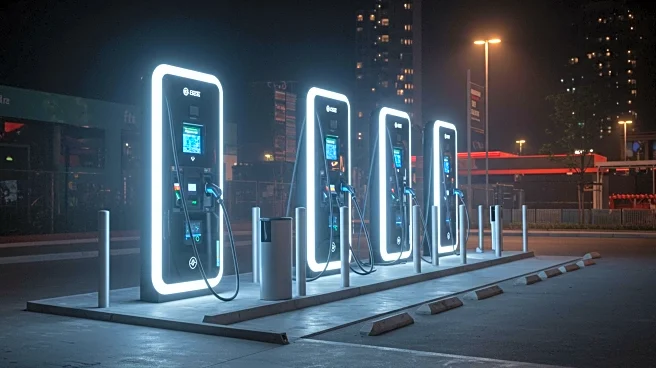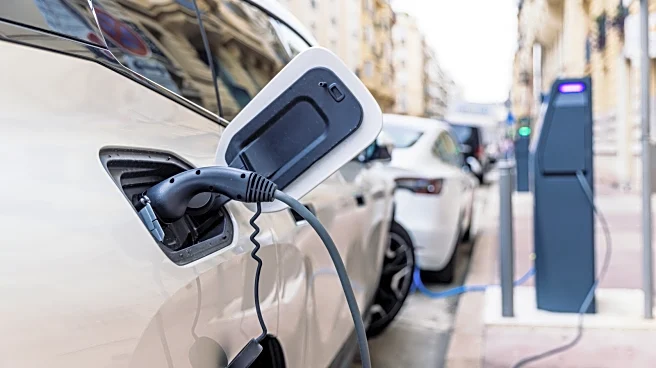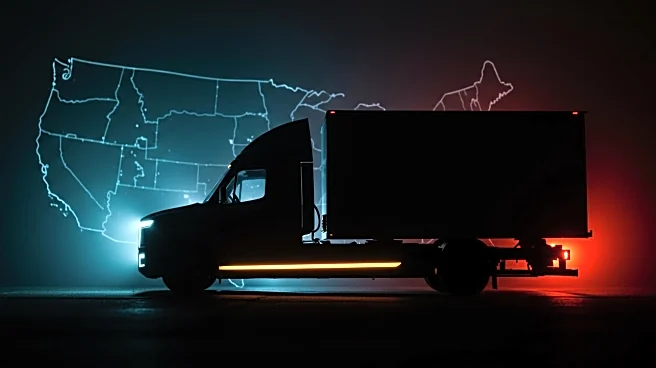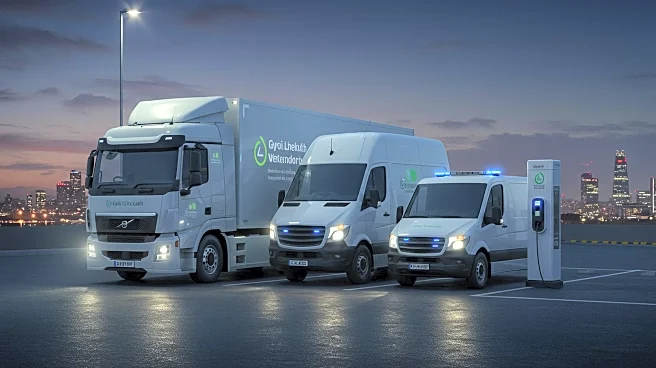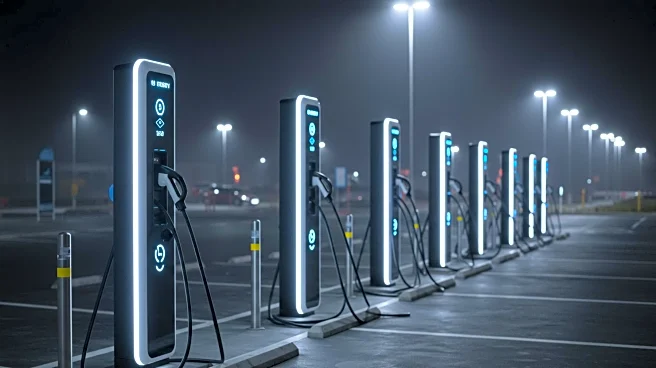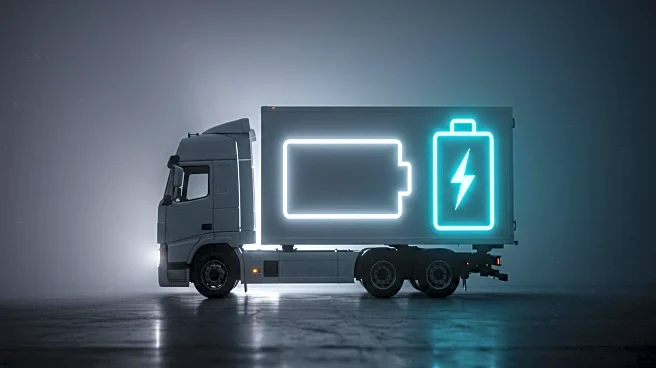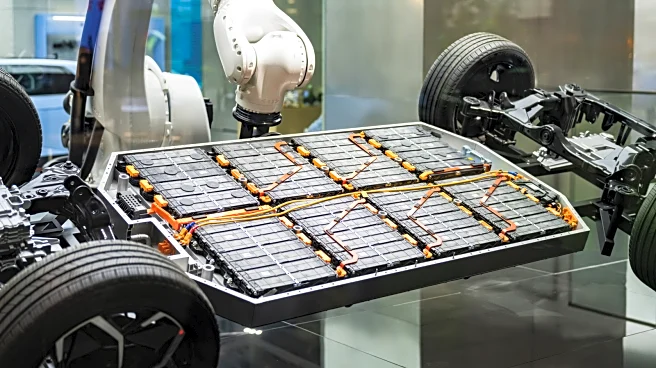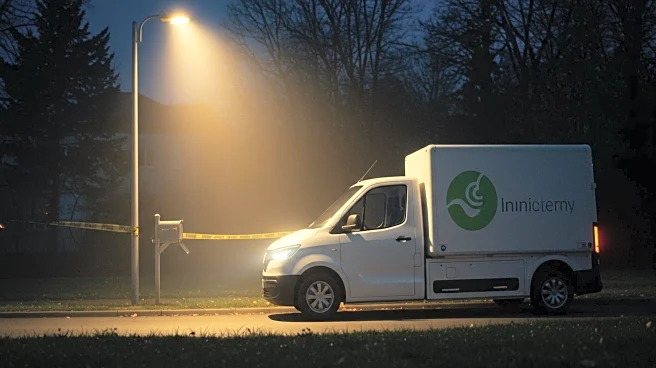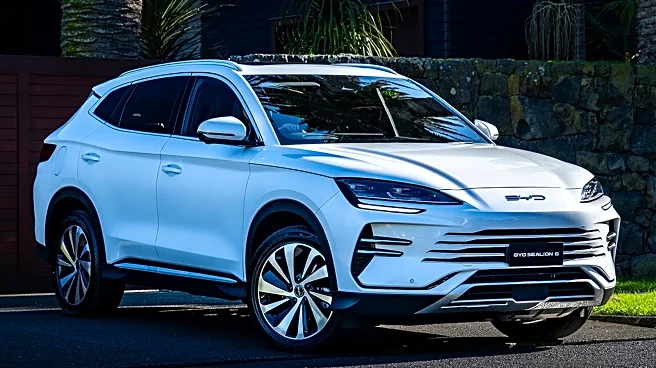What's Happening?
Wood Mackenzie forecasts strong growth in the U.S. public DC fast charger segment, projecting a 14% compound annual growth rate through 2040. This expansion is expected to result in 475,000 charging ports and generate $3.3 billion in annual market value. Despite federal policy headwinds, the EV charging market shows resilience, with global charging ports anticipated to increase at 12.3% annually from 2026 to 2040. The report highlights the impact of federal incentives under President Biden, including the $5 billion National Electric Vehicle Infrastructure program and a $7,500 tax credit for EV purchases, which have supported market growth.
Why It's Important?
The anticipated growth in EV fast charging infrastructure is crucial for supporting the increasing adoption of electric vehicles in the U.S. As the market continues to expand, efficient and accessible charging solutions are essential for consumer confidence and widespread EV integration. The transition to electric vehicles is a key component of efforts to reduce carbon emissions and promote sustainable transportation. Despite political shifts, the EV market's momentum suggests a strong foundation for continued growth, driven by technological advancements and consumer demand for eco-friendly alternatives.
What's Next?
The U.S. Department of Transportation has issued new guidance for the NEVI program, aiming to enhance efficiency and provide regulatory certainty for funding rollouts. As the market adapts to changing political landscapes, stakeholders will need to navigate policy changes while continuing to invest in infrastructure development. The ongoing expansion of charging networks will play a pivotal role in achieving national and global sustainability goals, with industry leaders and policymakers collaborating to ensure a smooth transition to electric mobility.
